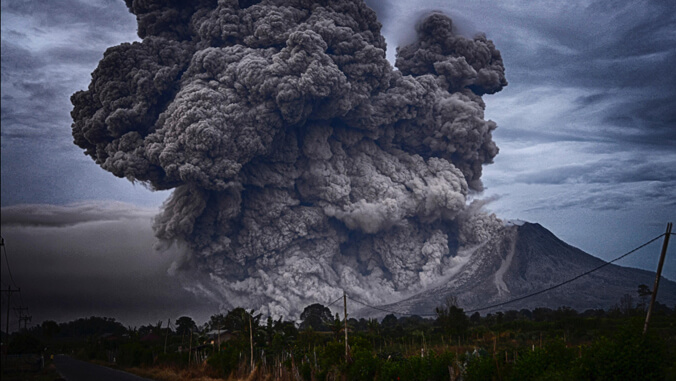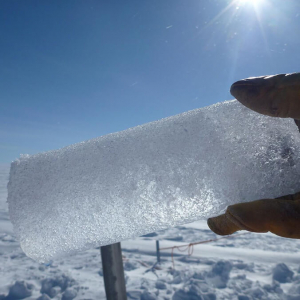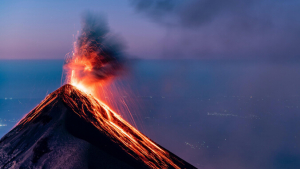
The atmospheric flow over the tropical Pacific Ocean, termed the "Pacific Walker Circulation," is changing, with important implications for El Niño and La Niña (cold and warm states of the tropical Pacific) events, according to a study published in Nature by an international team of researchers. As a result, El Niño and La Niña events that persist for multiple years may become more common, which can exacerbate the associated risks of drought, fire, rains and floods.

"The tropical Pacific has an outsized influence on global climate," said Sloan Coats, study co-author and assistant professor in the Department of Earth Sciences in the University of Hawaiʻi at Mānoa School of Ocean and Earth Science and Technology. "Understanding how it responds to volcanic eruptions, anthropogenic [man-made] aerosols and greenhouse gas emissions is fundamental to confidently predicting climate variability and projecting future climate in Hawaiʻi and around the globe."
The team used data from ice cores, trees, lakes, corals and caves to investigate Pacific Ocean weather and climate over the past 800 years. This allowed them to compare the Pacific Walker Circulation—the atmospheric part of the El Niño Southern Oscillation and a major influence on global weather—before the human-caused rise in greenhouse gases and after.
The scientists observed that the length of time for the Pacific Walker Circulation to switch between El Niño-like and La Niña-like phases has slowed over the industrial era.
"We set out to find out whether greenhouse gases had affected the Pacific Walker Circulation," said Georgy Falster, lead author of the study and research fellow at the ARC (Australian Research Council) Centre of Excellence for Climate Extremes. "We found that the overall strength hasn't changed yet, but instead, the year-to-year behavior is different."
Volcanoes play a role

Volcanic eruptions have the power to impact climate on a global scale, but not every volcano has such impact. Previous research has shown that when there is a strong tropical volcanic eruption, the world tends to get cooler.
Volcanic eruptions were found to cause an El Niño-like weakening of the Pacific Walker Circulation, according to the researchers' data analysis and reconstructions of past climate.
"This is not happening by chance. It's something that is quite robust," said co-author Bronwen Konecky, an assistant professor at Washington University in St. Louis. "We see a consistent response in the atmosphere, whereas others have not seen the same response in ocean temperatures. And that's either because the atmospheric response is stronger or it's easier to detect."
"Our study provides a long-term context for a fundamental component of the atmosphere-ocean system in the tropics," said Coats, whose expertise is Common Era paleoclimate, which focuses on climate variability over the last 2,000 years, and how and why the tropical Pacific is changing with the climate. "Understanding how the Pacific Walker Circulation is affected by climate change will enable communities across the Pacific and beyond to better prepare for the challenges they may face in the coming decades."






